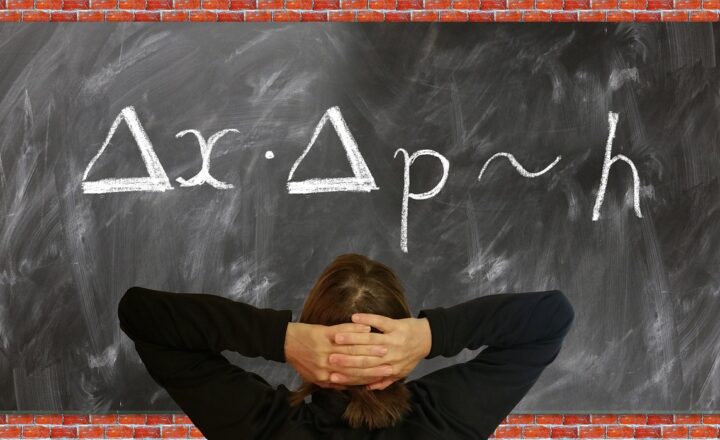The Science of Time Travel: How Close Are We to Making It a Reality?
November 16, 2024

Time travel has long captivated the human imagination, igniting dreams of exploring the past or glimpsing the future. From literary masterpieces like H.G. Wells’ “The Time Machine” to blockbuster films like “Back to the Future,” the concept of moving across time has transcended fiction, raising questions about our understanding of the universe. But how close are we, in reality, to making time travel a scientific possibility? In this article, we delve into the theories, implications, and advancements in physics to uncover the truth behind time travel.
1. Understanding Time: A Philosophical and Physical Conundrum
Before exploring time travel, it’s crucial to understand what time actually is. Philosophers have long debated the nature of time, asking whether it is linear or cyclical, an objective reality, or merely a human construct. Scientists, meanwhile, utilize time as a dimension in which events occur in a sequential order, akin to an infinitely expanding timeline consisting of past, present, and future.
In physics, time has critical implications, especially in theories concerning space and relativity. The flow of time is linked to the universe’s expansion—a factor that plays a fundamental role in understanding time travel.
2. Theoretical Foundations of Time Travel
Several scientific theories provide a framework for time travel, including Einstein’s theory of relativity, wormholes, and quantum mechanics. Let’s break down these concepts:
Einstein’s Theory of Relativity
Einstein’s theory of relativity introduced the idea that time is not absolute. Instead, time can vary depending on an object’s speed and gravitational field. This theory leads us to the iconic thought experiment of time dilation:
- When something approaches the speed of light, time slows down for the traveler compared to someone remaining stationary. This effect is known as time dilation and suggests that if humans could travel at near-light speed, they could theoretically return to find that more time has passed on Earth than for them.
Wormholes: Shortcuts through Space-Time
Wormholes are hypothetical tunnels in space-time that could create shortcuts between distant points in the universe. If wormholes exist and could be traversed, they might allow for travel not just across space but potentially through time:
- Theoretical physicists like Kip Thorne have proposed creating and stabilizing wormholes using exotic matter, which possesses negative energy density—though this type of matter has yet to be observed in reality.
Quantum Mechanics and Parallel Universes
Quantum mechanics introduces non-deterministic properties within particles, implying that outcomes are probabilistic. Some interpretations of quantum mechanics suggest the existence of parallel universes—wherein every possible outcome of every decision creates a branching version of reality. If true, this opens additional possibilities for time travel, allowing travelers to visit different timelines rather than altering their home timeline.
3. The Challenges of Time Travel
While time travel remains a tantalizing concept, the practical challenges are considerable:
Energy Requirements
Unlocking the mechanisms of time travel would entail immense amounts of energy. Some theorists posit that traveling through a wormhole would require more energy than humanity has ever produced. Without a fundamental breakthrough in harnessing or generating new forms of energy, practical time travel remains impossible.
Paradoxes and Existential Dilemmas
Time travel introduces paradoxes, with the most famous being the grandfather paradox—if a traveler goes back in time and prevents their grandfather from meeting their grandmother, would they cease to exist? This question sits at the intersection of philosophy, physics, and the implications for free will.
4. Current Research and Developments in Physics
Despite the overwhelming challenges, the pursuit of time travel motivates ongoing research. Here we present some intriguing developments:
Seeking Exotic Matter
Physicists are investigating the properties of exotic matter, which may possess negative mass or energy. The aim is to create conditions conducive to stabilizing wormholes, thus fueling interest in time travel possibilities.
Quantum Computing and Entanglement
As advancements in quantum computing arrive, scientists explore the manipulations of particles at considerable speeds. Experiments involving entanglement have raised questions about potential time-like connections between particles—even across distances.
5. The Future of Time Travel: A Glimpse Ahead
So, how close are we to making time travel a reality? While the theoretical frameworks are captivating, practical application remains a distant reality. Experiments continue to yield intriguing insights, allowing scientists to deepen their understanding of time, space, and the universe.
As we progress in technology and comprehension of fundamental physics, the dream of time travel requires patience and optimism. One day, we may stand on the precipice of a groundbreaking discovery that transforms our view of reality and allows us to traverse through time.
Conclusion
Time travel has tantalized humanity for centuries, blending science fiction with scientific inquiry. While the journey towards its realization continues, we must embrace the wonder of our universe and the mysteries it holds. As research pushes the boundaries of our understanding, who knows what the future may bring? The dream of time travel might just be one breakthrough away from reality, but until then, we continue to explore, learn, and dream.
We are left pondering: if time travel does become possible, how will we choose to wield such power? Will we shape our past or glimpse into our future? Only time, and our advances in science, will tell.








